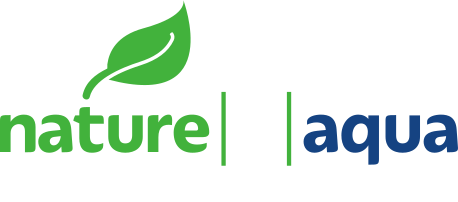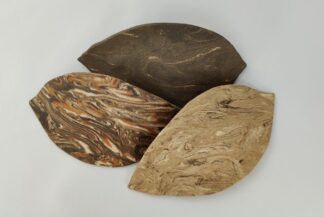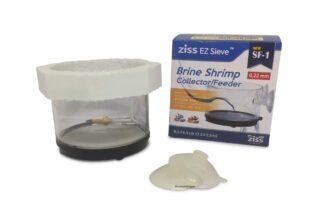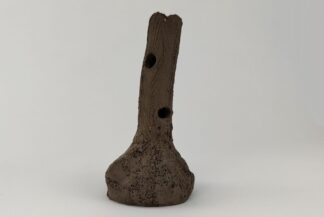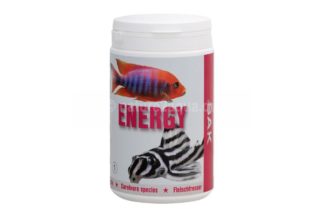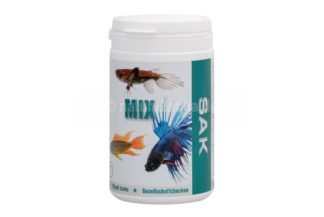Despite all the fundamental knowledge in plant nutrition and plant physiology, we in aquaristics are faced with the problem that we cannot predict the actual demand for trace elements in an aquarium. This has several reasons:
1. Still largely lacking knowledge of the concrete needs of individual aquatic plants
There are only few published data on growth rates and fertiliser requirements of individual aquatic plant species (Kasselmann 1999). This is probably mainly due to the fact that research into plant nutrition focuses mainly on important crop plants.
2. Complex interactions of different aquatic plants in the aquarium
However, much more important are the interactions of a mixed culture of aquatic plants (and microbes and animals) in the aquarium itself. These are complex systems with species competing for nutrients (and light). The replenishment of “macronutrients” such as nitrogen and phosphate via the fish food, lighting, carbon dioxide supply and the water quality of the mixed water also play a role and cannot be predicted precisely.
3. Water tests
Another important point is the availability of water tests of sufficient quality. Apart from test kits for iron and copper and the macro nutrients nitrate and phosphate, hardly any other aquarium manufacturer has other test kits in its range. In this respect, if the aquarist does not rely on other products such as the highly recommended tests from Macherey-Nagel GmbH & Co. KG from Düren, the aquarium keeper is dependent on the “usual” tests available in pet shops and his observing eye.
Therefore, all dosage information (regardless of the manufacturer) is to be regarded as a guideline only. To clarify this, one of the test aquaria for the Fermendo fertilizer is briefly described:
Description of one of the test ponds for the Fermendo fertilizer:
- volume 1,600 l gross, real about 1,400 l
- Illumination 2 x 250 W HQI, illumination time 12 h daily, additional partly strong lateral sunlight
- Stock: Rainbowfishes, Loaches, some Corydoras catfish, 85 Otocinclus, some Hara hara. In total rather low stocking.
- Strong planting with dominant Vallisneria gigantea, Vallisneria spiralis, Crinum thaianum and Hygrophila polysperma, additionally about 3/4 of the soil with Cryptocoryne x willisii, Cryptocoryne becketii, Cryptocoryne wendtii (different varieties), Cryptocoryne parva, various Echinodorus, Anubias and Microsorium (on roots)
- Moderate supply of carbon dioxide (approx. 60 bubbles/minute, thus avoiding biogenic decalcification, especially by the Vallisnerias), introduced via a 30 cm long pinball machine
- Water values: GH 17, KH 9 (slightly fluctuating), pH 8.5, nitrate on average fluctuating between 25 and 40 mg/l, tendency to decrease between water changes, phosphate 0.1 – 0.25 mg/l fluctuating
- Weekly water change about 25 % with initial water 50 mg/l nitrate and more than 2 mg/l phosphate
This aquarium was fertilized with a pure iron fertilizer until the beginning of the test phase and the iron value was kept at about 0.1 mg/l. After the start of fertilization with Fermendo aquatic plant fertilizer, the iron values were partly measured daily, the growth rates of the aquatic plants were estimated and the dosage was adjusted accordingly.
Result:
Under the given conditions, fertilization was continuously increased to 5 times the average recommended daily dosage of Fermendo in order to ensure a stable iron level of 0.1 – 0.25 mg/l permanently between water changes. The nitrate and phosphate levels decrease between water changes, indicating overall nutrient depletion. The growth rate of aquatic plants is more difficult to estimate (to measure), roughly estimated the growth rate has increased by about 30% since the beginning of fertilization. There are no deficiency symptoms in the aquatic plants.
All in all, despite all the limitations of the measurement results, it is also possible to obtain interpretations and estimates of the nutrient requirements of an aquarium using water tests available in pet shops:
1. The nitrate levels should decrease continuously between maintenance measures (water changes).
2. The phosphate levels should also decrease continuously between maintenance measures (water changes).
Both (sinking) values indicate that the aquarium is in a nutrient-consuming state overall, i.e. that sufficient nutrients are consumed by the activity of the aquatic plants and, in simple terms, the material cycles can be considered largely closed and functioning.
3. The iron value should ideally not fall below 0.1 mg/l (in each case before the water change), slightly higher values after fertilisation are not harmful to the system.
Interestingly, under such conditions “quite high” nitrate levels (in the test tank of 25-40 mg/l) still play no role whatsoever in terms of algae growth, this tank is largely free of algae (of course, the growth-eating fish have to be taken into account). Even the high amount of light with partly direct lateral sunlight is not able to cause visible algae growth.
References:
Kasselmann, C. (1999): Aquarienpflanzen. – 2. Auflage Stuttgart (Ulmer)
Why should you fertilize at all?
How does the water in an aquarium differ from that in natural waters?
